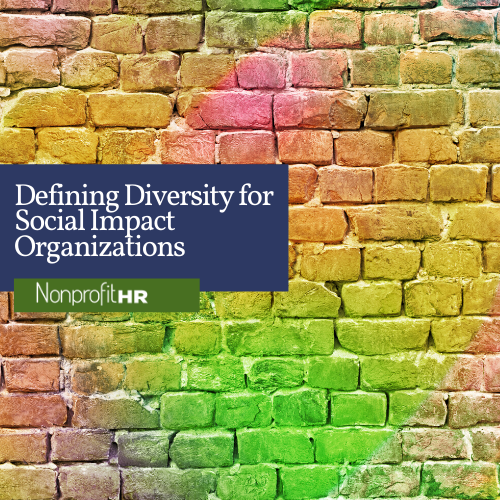WTOP: 5 ways nonprofits can…
It is arguably easier than ever to identify prospective employees in today’s job market. The internet simplifies the sourcing process, enabling employers to browse thousands of resumes at the click of a button. However, this convenience belies the challenge of wading through all of that information to find the person you actually want to hire. Quantity over quality makes it difficult to recognize true talent. Employers must think outside of the box to identify and attract outstanding prospective employees. In recent years, employers have found that reversing the traditional hiring process actually improves the quality of candidates they appeal to. By simply stepping outside of the box and reforming the way they approach the recruitment process, recruiters can transform their organization’s workforce.
According to CEO and bestselling author Lou Adler, there are four traditional steps that recruiters follow during the hiring process. This course of action is sequential and often requires one step to be completed to move on to the next:
Step 1: What the candidate needs to HAVE in terms of skills, experiences and academics. It’s what’s included on the job description and matched to resumes.
Step 2: Once the candidate is contacted, additional filtering takes place based on what the candidate GETs on the day the person starts – a job, a title, a location, a compensation package, and a company.
Step 3: What the person hired actually will be DOING in the first six months to one year. This is the work itself; the culture, the team and the impact the person can make.
Step 4: What the person can BECOME if the DOING is done well. This is the future opportunity inherent in the job.
Most hiring processes start with step one and require the person hiring to separate candidates into two categories, only one of which they intend to move forward with. While this approach to hiring is useful in some situations, it fails to take into consideration an individual’s potential. By reversing the process and starting with step 4, recruiters can focus on promoting the opportunity for growth within positions they are looking to fill. Employers that embrace this innovative approach can develop an entirely new pool of candidates based on potential rather than experience.
This strategy is particularly useful for nonprofits. One of the strongest draws for any candidate considering working in the nonprofit sector is the “feel good factor.” These careers are about far more than a paycheck, people want to make a difference in their communities and the world at large. Whether a candidate is coming from unemployment, college, a corporate career or anywhere else, they have something to offer. Rather than narrowing candidates based on mostly-arbitrary restrictions like required skills and education, take a more creative approach to your hiring and you may find that the most talented people are the ones you would have least-suspected.





























